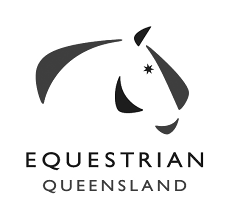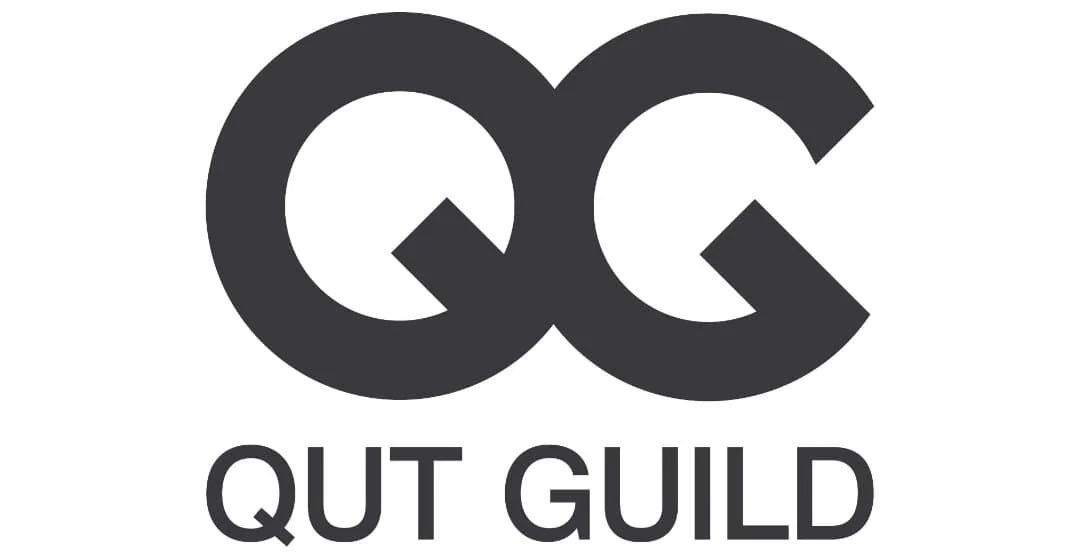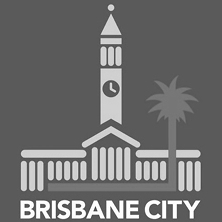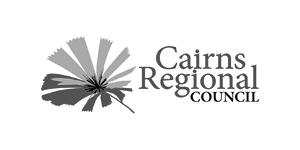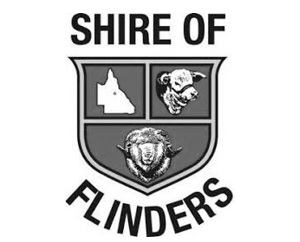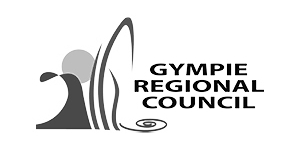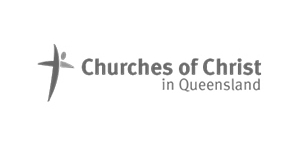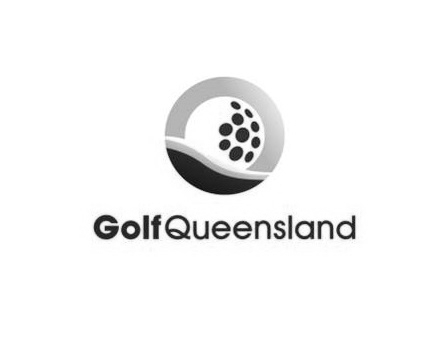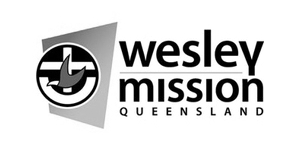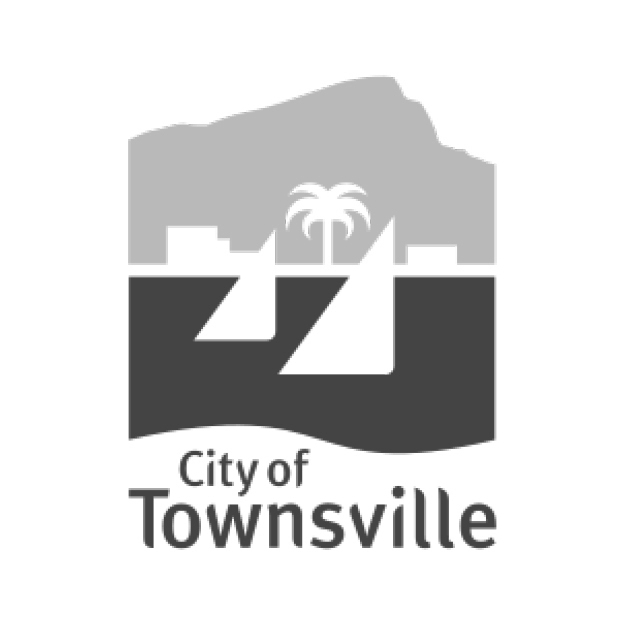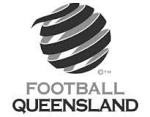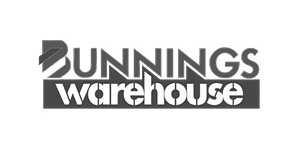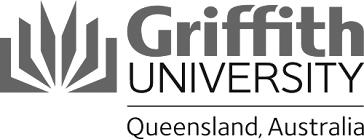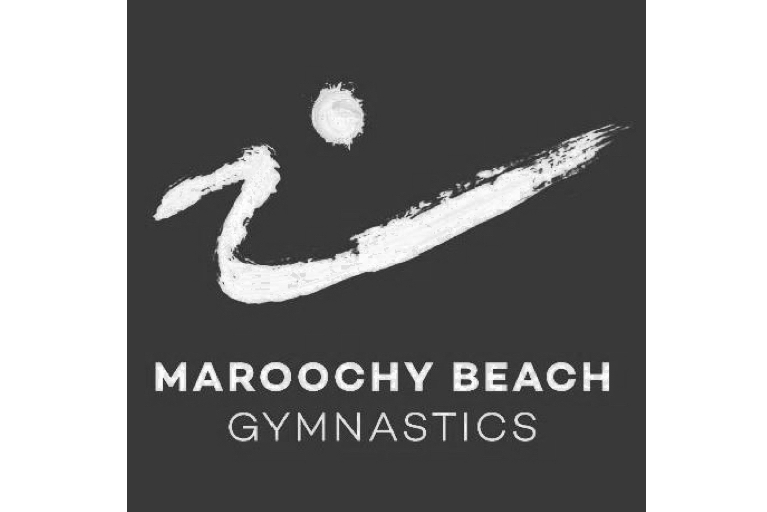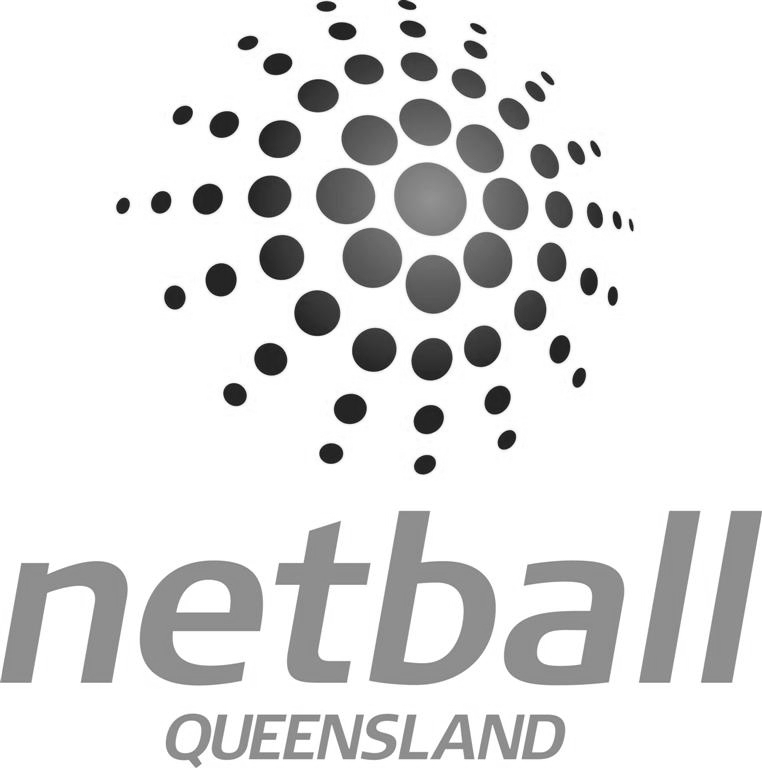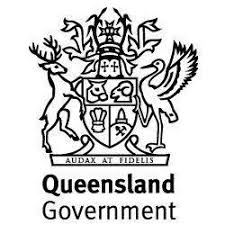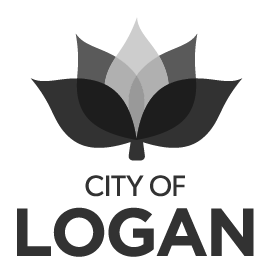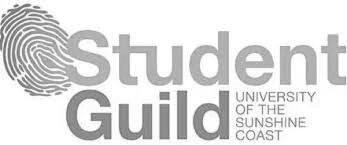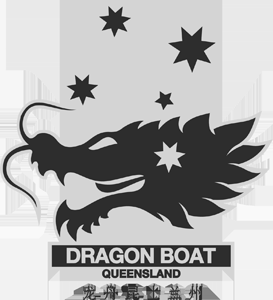For a club or association, bylaws can play an essential role in supplementing the rules contained in their constitution. They complement the broader principles in a constitution, focusing on the "how" rather than the "what". As such, having a clear set of bylaws is foundational to ensuring effective governance, good operations and positive member experiences. With our expertise, CPR Group can guide you through the bylaws process.
Free Webinar: Shared Spaces, Shared Responsibilities - Mastering Maintenance Obligations and Committee Handovers
Are you involved with sports club maintenance, or involved in community leasing for sport facilities at the local Council level? If so, you won’t want to miss this combined webinar from industry experts CPR Group and SPORTENG.
Maintenance obligations for lessees is a challenging and often-misunderstood area. This session brings together experts to provide you with practical guidance and strategic insights to address these common pain points.
Michael Connelly, from CPR Group, will delve into the importance of a solid committee handover process, including lessee maintenance obligations and broader committee succession planning to ensure continuity and efficiency, year after year. Learn how clubs can create a seamless transition for new committee members, safeguarding the knowledge and practices vital to each club’s success.
Jarrod Hill, from SPORTENG, will share invaluable tips and tricks for maintaining natural turf and hardcourt spaces, especially as clubs prepare for the upcoming spring growing season. This segment will focus on best practices to ensure sports facilities are in top condition, with tips to optimise maintenance efforts.
This free webinar aims to address key issues faced by sports club committees and maintenance personnel, peak body staff and local Council officers involved in community leasing. By the end of the session, you will have actionable strategies to improve maintenance and ensure effective committee handovers, enhancing the quality and sustainability of your community sports facilities.
Registration is required: https://us06web.zoom.us/webinar/register/9117047771168/WN_jKL1hfmoQUayqxqca0bGAg#/registration
Date: Wednesday 7 August 2024
Time: 11:00am AEST
Cost: Free
Hosted by:
Why Inclusive Facilities?
Authors: Michael Fisher and Mark Fox, CPR Group
Many of us remember communal showers as part of historically designed amenities in sporting facilities. Some of us still play at facilities that have these in place!
Modern facilities are adapting to be more inclusive, recognising the diverse needs of all participants. This is especially important if you want to widen your user groups and ensure the best possible chances from funding opportunities.
Facilities incorporating inclusive design, such as separate, lockable shower cubicles and ensuite bathrooms, ensure that individuals requiring specific spaces can comfortably participate without being segregated in separate areas. These facilities encourage people of all abilities, ages, backgrounds, genders and identities to participate in sports and community activities.
But this conversation can be challenging. It can be hard for some volunteers and staff to practically understand these needs, particularly if their current membership base is heavily skewed or they have yet to explore these opportunities. Additionally, while many sport governing bodies want to continue embracing this movement, their guidelines may not fully align with these aspirations.
Times have changed
The Australian Sports Commission's most recent megatrend report, The Future of Australian Sport: Megatrends Shaping the Sport Sector Over the Coming Decades, highlights the potential for sport organisations to bridge generational and societal divides. As nearly a third of Australians are born overseas, 3.2% are First Nations people, 18% live with a disability and over half the population are women, the need for inclusive sports facilities is increasingly apparent. Sport has the unique ability to foster unity and build community pride among Australians from varied backgrounds.
Reflecting the importance of inclusive design leading up to the Brisbane 2032 Olympic and Paralympic Games
Paralympics Australia recently unveiled a Universal Design Guide with several key objectives. The guide aims to:
Shift the mindset of everyone in sport towards inclusivity
Integrate the core principles of universal design into the thinking and decisions of leaders across all sport organisations
Ensure that all strategies, plans, processes and activities in sport should start with the question, ‘how might we be inclusive?’
Encourage sports organisations to adopt accessible communication and inclusive language
Cultivate widespread support for universal design by building a network of enthusiastic individuals and organisations dedicated to these principles
What are accessibility, inclusivity and universal design?
Paralympics Australia's Universal Design Guide uses the terms ‘accessibility’, ‘inclusivity’ and ‘universal design’. In sport, accessibility focuses on designing places and communication materials for use by people with disabilities. Inclusivity aims to create welcoming communities and spaces that everyone experiences similarly, regardless of their abilities.
Inclusivity promotes a common experience for all, compared to accessibility provisions that can inadvertently segregate people with disabilities. Every inclusive process is human-centred, beginning with empathy for the people who will use the product of the design process. Wherever possible, involving people with lived experience in the design process ensures that the result meets their needs. For example, involving someone who is vision impaired in creating a new website can provide crucial insights during the design process.
Universal design, as envisioned by its originator, Ron Mace of North Carolina State University, promotes the creation of products and environments usable by all people to the greatest extent possible without needing adaptation or specialised design. Since its inception, Universal Design has been embraced globally, demonstrating its role in fostering inclusivity in various environments, including sport facilities.
Inclusivity, participation and funding
According to Paralympics Australia, almost 20% of people in Australia live with a disability, yet only one in four of these people participate in sport. 75% of Australians with disabilities want to engage in sport but feel limited by the opportunities available. Furthermore, while 65-70% of the general population participate in sport at least once a year, only 12.5% of those with severe or profound impairments do so. These statistics highlight the need for inclusive facilities and the significant opportunities to increase participation among people with disabilities.
Our experience at CPR Group is that demonstrating strategic alignment with inclusion principles is essential for securing funding from all levels of government. Universal design enables funding applicants to demonstrate enhanced benefits of their projects and strong alignment with government priorities.
You only need to look at the recent grant opportunities provided by the State Government’s Minor Infrastructure and Inclusive Facilities Fund and the Federal Government’s Play Our Way program to see clear evidence of growing recognition and support for inclusive sports facilities. These programs are designed to fund projects that enhance inclusivity, reinforcing the importance of universal design principles.
Questions to consider
The move towards inclusive facilities is more than a trend. It’s a necessity for fostering a cohesive, healthy and active society. Prioritising inclusive design addresses the diverse needs of all participants and promotes the far reaching benefits of sport.
Achieving truly inclusive facilities requires continuous evaluation and improvement. At CPR Group, we’re working closely with our clients to address these questions so that sport has a place for everyone.
Conversations we commonly have with our clients in this space revolve around growing female membership, hosting back-to-back female and male games, mixed-gender events, all-abilities programs and carer needs, and accounting for cultural or religious needs.
A few starting questions to consider are:
How might we be inclusive?
Is everyone considered in designs?
Are we doing everything we can to promote inclusive facilities?
What motivates clubs and community organisations to develop inclusive facilities?
Are sport-specific state and national guidelines up-to-date?
What opportunities exist to showcase inclusive facilities?
Empowering Queensland’s Sports and Recreation Clubs with ClubIQ
A New Resource Hub for Volunteers
We are incredibly proud to announce the launch of ClubIQ – a comprehensive suite of resources and videos designed specifically for volunteers managing sports and recreation clubs in Queensland. This initiative, developed in collaboration with the Department of Tourism, Innovation and Sport (DTIS), marks the creation of a centralised hub of valuable and reliable information for clubs and associations throughout Queensland.
ClubIQ represents a unique opportunity to support community clubs and associations, helping them achieve greater levels of success and enjoyment for their members. This project is the culmination of over 25 years of experience working with clubs in Queensland. Our passion for sports governance and operations drives us to share our expertise with volunteers and staff, making a meaningful impact on the industry.
We understand the challenges faced by volunteers on club committees, especially with the high turnover rates that often leave new members without the necessary training, skills and knowledge. Our mission is to equip these dedicated individuals with the tools they need to succeed. The resources available on ClubIQ are straightforward and concise, focusing on the topics that matter most. We aim to simplify governance without requiring hours of reading, transforming complex ideas into accessible information.
"Clubs will be able to unlock a treasure trove of resources and training tailored to support volunteers, strengthen clubs, and enrich communities. From governance and planning to financial and volunteer management, there's something for everyone to boost club success. Join us as we kick off the movement and be part of a community dedicated to empowering volunteers and activating Queensland." - The Team @ Sport and Recreation
We extend our heartfelt thanks to the remarkable DTIS team and all the Queensland Sport and Recreation Officers. We have also thoroughly enjoyed the up-skilling governance training sessions over the last few months and trust these new skills and knowledge will benefit grassroots sports clubs and associations across our State.
At CPR Group, our goal is to ensure that every sport and recreation club and association has access to the knowledge, skills, and support they need to thrive, creating a legacy of strong and resilient clubs that will be enjoyed by generations to come.
Merging Perspectives in Community Sport - Tennis Dad to Sports Governance and Planning Mentor
By Michael Connelly - Managing Director at CPR Group and Tennis Dad
Navigating community sport from multiple vantage points offers many advantages and a multifaceted perspective. As the Managing Director of CPR Group, my professional journey intersects with sport and the not-for-profit sector, enabling collaborations with an array of stakeholders including governments, Councils, clubs, associations, universities and state and national governing bodies.
As a tennis Dad to my son Ethan, a self-driven athlete with support from sponsors like Lifetime Tennis, Wilson and Bidi Badu, that brings a personal dimension to my understanding of grassroots' sport. I have an advantage as a tennis Dad to understand perspectives from grassroots' clubs to competitive sport participation, whilst also being able to navigate the ups and downs of management committee responsibilities and challenges from over 26 years hands-on mentoring experience.
The Three-Sided View
My involvement spans three distinct realms - the governmental sphere across local, state and federal levels, the organisational domain from local clubs to national peak bodies and the personal realm as a parent supporting a young athlete. This comprehensive engagement provides deep insights into the operational, strategic and emotional layers of community sports.
The governmental angle emphasises the crucial role of policy, funding and infrastructure in nurturing grassroots sport, while my organisational involvement reveals the intricacies of club and association management, highlighting the necessity of robust governance and strategic foresight for sustainable sport growth at grassroots' level.
Being a hands-on tennis Dad for Ethan's sporting journey highlights the transformative power of community sport as a conduit for personal and athletic development. Enabling young people to be active in sport provides a sense of connectedness and sets goals beyond the classroom and their social environment. Whether participating at social or competitive level, sport allows young people to get away from digital technology and social media and target their focus and energy into healthier options whilst also encouraging new friendships away from school-life.
The Intrinsic Value of Community Sport
Community sport is a tapestry of passion, commitment and unity, offering more than just physical benefits. It's a setting where vital life skills are honed, friendships blossom and community ties strengthen. For young athletes like Ethan, it's a formative space for cultivating resilience, teamwork and leadership, reinforcing the sector's foundational role in our social fabric.
Community sport stands as a beacon of inclusivity and accessibility, inviting diverse participation and fostering a sense of collective achievement. This inclusive ethos enhances the sporting experience, creating a welcoming environment for all.
Bridging Perspectives for Enhanced Engagement
The dual lens of professional expertise and parental involvement across our CPR Group team enriches our contribution to community sport - it fosters a greater appreciation of member, volunteer and other stakeholder needs and preferences. This perspective facilitates a balanced approach when working in collaboration with management committees of sporting organisations, whether it is on their constitution, strategic plan or facility planning initiatives. The aim is to cultivate an environment where every participant, from budding athletes to dedicated volunteers, feels acknowledged and supported while also ensuring that sports facilities can meet the requirements of members and plan for future growth and success.
Through the lens of a sports governance and planning professional and a tennis parent, I've gained insights into the unifying potential of sport. As we navigate future challenges and celebrate collective achievements, the essence of community sport as a catalyst for inspiration, engagement and connection continues to guide our shared journey towards a more vibrant and connected society.
Boosting Facebook Posts: Maximising Reach and Engagement
In today's digital age, where social media platforms reign supreme, Facebook stands as a titan in the realm of online connectivity. With billions of active users worldwide, it's no wonder that organisations of all sizes are leveraging Facebook's advertising tools to amplify their online presence. Among these tools, one strategy stands out which is boosting Facebook posts.
Boosting Facebook posts involves investing a dedicated amount of money to expand the reach and engagement of your content beyond your normal audience (organic audience) of followers. While some may argue that organic reach should be sufficient, the reality is that Facebook's ever-evolving algorithms often limit the visibility of organic posts.
Here's why boosting Facebook posts can be immensely beneficial…
Boosting a post ensures that it appears higher in users' news feeds, increasing the likelihood of engagement. With the vast amount of content circulating on Facebook, boosted posts cut through the noise and grab users' attention more effectively.
Facebook's targeting options allow you to tailor your boosted posts to reach specific demographics, interests, behaviors and locations. This precision targeting ensures that your content is seen by the most relevant audience, leading to higher engagement rates and better ROI (return on investment).
By reaching a broader audience, boosted posts are more likely to receive likes, comments, shares and clicks. These interactions not only boost the post's visibility but also foster meaningful connections with potential customers, ultimately driving conversions and brand loyalty.
Boosting Facebook posts doesn't require a hefty budget. Even a modest investment (e.g. $16) can yield significant results in terms of increased reach and engagement. Compared to traditional advertising channels, Facebook's ad platform offers a cost-effective way to promote your content to your targeted audience.
Facebook provides comprehensive analytics and insights for boosted posts, allowing you to track performance metrics such as reach, engagement, clicks and conversions. This data-driven approach enables you to ensure your boosted posts are working. If they aren’t, change them or pause them at any time.
While organic reach remains important, boosting posts complements your social media strategy by amplifying the reach of your best-performing content or the content you really want seen.
Boosting Facebook posts offers sporting clubs and other not-for-profit organisations with a powerful and affordable promotional tool to keep current members happy and engaged while attracting new members and even sponsors.
Why go beyond the ‘model rules’ for your not-for-profit organisation?
Upload your constitution for an initial assessment for compliance to current regulations. (*Eligible to Australian not-for-profit registered organisations only)
The foundation of any successful sporting club, or other not-for-profit (NFP) organisation, lies in its constitution. A constitution contains the governance rules of the club and serves as the guiding framework that outlines the organisation's objectives, structure, governance processes and member rights. While establishing a constitution is a crucial step for any NFP organisation, ensuring it remains up-to-date is equally essential. The model rules are available as a starting point but a tailored constitution has so many more advantages and it will serve your organisation well.
Here's why every sporting club in Australia should prioritise maintaining an up-to-date constitution and one that is adapted to suit your unique requirements…
An up-to-date constitution ensures that your NFP complies with relevant laws, regulations and industry standards. Australian laws governing sporting organisations and other NFPs are subject to change and an outdated constitution may lead to legal complications or non-compliance issues. By regularly reviewing and updating your constitution, you can minimise legal risks and operate with more peace of mind.
Whether it's revising membership criteria, updating voting procedures, or incorporating new governance practices, a flexible constitution enables your organisation to evolve and remain relevant in a dynamic environment.
Disputes and conflicts may arise within your organisation due to misunderstandings, diverging interests or governance issues. An up-to-date and tailored constitution provides a structured framework for resolving conflicts and addressing grievances. It outlines procedures for dispute resolution, disciplinary actions and member appeals, facilitating fair and equitable outcomes. By adhering to the constitution's guidelines, clubs can mitigate conflicts and maintain harmony within the organisation.
An up-to-date constitution enables clubs to adapt their governance structures, membership policies, and operational procedures to support strategic objectives and facilitate sustainable growth. A highly-functioning constitution reflects your commitment to transparency, accountability and good governance practices while enhancing your organisation’s reputation and credibility within your community. This can all lead to attracting quality sponsors, supporters and talented athletes. A tailored constitution signals to external stakeholders that the club operates with integrity and is committed to upholding high standards of professionalism.
Maintaining an up-to-date and personalised constitution is essential for the long-term success and sustainability of your not-for-profit organisation.
Important Note: New grievance procedures take effect for Queensland Incorporated Associations on 1 July 2024. Contact CPR Group’s governance team for further details.
Committee Diversity
Take a look at your club’s committee members. What do you see? Do you see a mix of people of different backgrounds, experiences, genders, cultures and ages?
Hopefully the answer is YES.
The benefits of having a diverse range of views and experiences represented on your club committee are well established. Being able to draw upon a variety of views and experiences will lead to more informed discussions and better decisions. As an example, studies show that ASX companies with significant female board membership outperform those with minimal female representation.
Even if you are predominantly a single gender sport, your members have Mums AND Dads or friends or partners across all genders. Therefore, you need to consider the views of these important stakeholders when making decisions for your members.
But what if the answer is NO?
Firstly, you are not alone. Many clubs that we work with lack diversity on their committees but there are things that you can do to address this.
Many sports have national or state level policies covering diversity and inclusivity. Look up yours and see if you are following their recommendations.
A growing number of sports are advocating for the 40 / 40 / 20 rule that promotes 40% women, 40% men and 20% of any gender as the ideal composition of a club’s committee or board.
Clubs can implement procedures to follow this guidance. Some clubs include clauses in their constitutions to ensure diversity among their management committee and others actively seek committee nominations from people with different backgrounds and experiences.
Does your committee succession plan ensure diversity?
Are committee roles advertised in a way that encourages applications from all of your members?
Do you provide committee induction training so that all potential applicants can be confident that they can fulfill a committee role?
If the benefits of diversity are not enough to convince you to seek a gender balance on your committee, then maybe hard cash will. Some state governments are indicating that future grant funding will only be awarded to clubs that have a gender balanced committee – so now might be the right time to take action and put steps in place to address any imbalance that you may have.
Understanding ATO Updates for Clubs and Non-Profits
Understanding ATO Updates for Clubs and Non-Profits
We're reaching out to share some important updates from the Australian Taxation Office (ATO) that may impact your sporting club or non-profit. As part of our commitment to keeping you informed and prepared, we've summarised the key changes and what they may mean for you.
This change relates to income tax exemption and introduces a requirement for all not-for-profit organisations with an active Australian Business Number (ABN) to lodge an annual not-for-profit self-review return to the ATO. This will be a mandatory step for organisations to continue accessing income tax exemption. This new self-review will first need to be lodged between 1 July 2024 and 31 October 2024.
For further information, we recommend that you click on the link below which will take you directly to ATO’s website:
Understanding the significance of this change, our governance team can provide free general advice (not formal tax advice) to help you prepare for this change. Your organisation's success is our priority, and we encourage you to proactively engage with us to navigate these changes smoothly.
P: 1800 100 204
W: cprgroup.com.au
—
Want more information on navigating the ATO updates for clubs and non-profits? Listen to Ep 74: Money Talks Mini-Series - Part 5: Navigating the Income Tax Exemption Changes on CPR Group’s podcast, Basket Case Clubs, available wherever you get your podcasts.
FREE WEBINAR: GRANT WRITING
FREE WEBINAR: GRANT WRITING
Register now for a free grant writing webinar delivered by Australian experts in the field.
Have you ever wanted to learn how to prepare more persuasive grant funding applications? Our upcoming free grant writing webinar is your gateway to success in winning crucial grant funding.
CPR Group has assisted organisations for over 26 years in becoming grant-ready and winning important funding to support priority projects. Although grant writing isn’t a skill you can learn overnight, the tips and tricks you will learn from us will head you in the right direction for success.
Here's why attending our webinar is your key to unlocking grant funding opportunities:
Expert guidance
Practical advice
Access to free resources
Register here.
Date: Thursday 22 February 2024
Time: 12:30pm (Brisbane time)
Venue: Online (Zoom)
Cost: Free!
Presented by CPR Group - educational leaders in sport and recreation governance and planning in Australia
E: info@cprgroup.com.au
P: 1800 100 204
W: cprgroup.com.au
Grievance Procedure Update: What QLD Associations Need to Know
Grievance Procedure Update: What QLD Associations Need to Know
Get ready for some important changes coming your way if you are an incorporated association in Queensland!
Beginning on July 1 2024, incorporated associations will see significant adjustments in how they handle internal grievances. To ensure compliance, your organisation must adhere to the grievance procedure outlined in the model rules or opt for an alternative procedure that aligns with Section 47A of the Associations Incorporation Act 1981, incorporating it into your association's constitution.
Although the official incorporation of the grievance procedure into the model rules will occur on July 1 2024, you have the opportunity to preview it beforehand. This allows your organisation to assess whether it fits your needs or if you'd prefer to develop your own procedure.
In summary:
From 1 July 2024, a Queensland incorporated association must have a grievance procedure
The OFT has advised that a grievance procedure will form part of the Model Rules from 1 July 2024
If a grievance procedure is not outlined in the constitution by 1 July 2024, the model rules grievance procedure automatically applies
Other recent amendments to the Associations Incorporation Act 1981 include*:
Required disclosure of material personal interests by management committee members at management committee meetings and AGM
Clear functions and duties for management committee members, including to prevent insolvent trading
Required disclosure of remuneration or benefits paid to management committee members or senior employees
No need for a common seal
Secretary must be over 18 years old
*Note: none of these provisions are included in the most recent version of the Model Rules nor are they required to be in your club's constitution (at present). However, CPR Group recommends including them in the constitution.
So from here, incorporated associations have a few options:
Wait for the update to the model rules, then adopt them entirely; MORE INFORMATION HERE; or
Develop your own constitution from within the organisations, including the grievance procedure and provisions mentioned above; or
Engage with a third party to write a new constitution (e.g. CPR Group).
CPR Group offers comprehensive constitution reviews that provide an updated and compliant constitution, lodged on your organisation’s behalf with the Office of Fair Trading.
How can our team help your club or association in 2024?
How can our team help your club or association in 2024?
In a world where the vitality of community organisations and sporting clubs is paramount, CPR Group stands tall as a loyal supporter, providing indispensable services for over two and a half decades. As we reflect on our journey, we are excited to share our continued commitment to fostering the growth and success of these valuable not-for-profit organisations.
Often, we encounter queries about our role in the club sector. Defining our mission succinctly can be challenging, but at its core, CPR Group operates behind the scenes, collaborating with management committees and board members to ensure seamless operations while navigating regulatory compliance and planning for sustainable futures.
One year ago, we unveiled clubMENTOR, a beacon of support for clubs seeking guidance and reassurance. Witnessing the profound impact it had in 2023, we are pleased to announce its continuation into 2024. When faced with daunting challenges or simply seeking affirmation, our consultants are merely a phone call or email away, ready to extend a helping hand.
Our assistance continues beyond there. Alongside clubMENTOR, we offer a spectrum of services tailored to meet the diverse needs of sporting and community organisations such as:
Constitution and Bylaws Reviews, Updates, and Adoptions
Governance Training, Workshops, and Online Education Platforms
Policy Reviews
Strategic Planning
Facility Planning and Asset Management
Volunteer Management
Amalgamation and Merger Support
Club Structure Reviews
Business Optimisation Strategies
Member Protection and Dispute Resolution
Becoming Grant-Ready for Funding Support
We invite you to connect with us. Let's explore how CPR Group can work alongside your organisation in 2024 and beyond.
P: 1800 100 204
Please refer here for terms and conditions
Activating Sporting Clubs as Community Venues: A Win-Win Opportunity
The heart and soul of a community often lie in the venues where people gather. Through our work on the Sunshine Coast Community Venues Audit Report, we uncovered invaluable insights that will shape the future of community venues in the region. Our sporting clubs have unique potential as community venues. What’s the path forward to activate sporting clubs as community venues?
Why Succession Planning is not Happening in Your Organisation
Succession planning, an important aspect of long-term stability, has proven challenging for several local organisations within your LGA. Key hindrances span from members' uncertainties about leadership responsibilities to the perception that current leaders are unparalleled, compounded by the knowledge void created upon their departure. Moreover, stringent regulatory demands often divert attention from crucial long-term goals. However, by integrating succession measures into routine strategic discussions, championing the transfer of knowledge through mentorship programs and understanding succession as an ongoing commitment, we can ensure fluid leadership transitions and fortify our local organisations' futures. Let's collaborate to build a resilient LGA community together.
Improving Signage: The Importance of Clear and Appealing Signage for Community Facilities and Organisations
In an age dominated by digital marketing, Councils nationwide might question the significance of traditional signage. At CPR Group, we emphasise that while digital outreach is transformative, the essence of on-ground signage for community spaces remains pivotal. Effective signage serves as the forefront of a community’s identity, leaving lasting first impressions, reinforcing brand values, and notifying locals of seasonal events or offers. To truly capture your community's heart, the synergy of stellar design, clarity, and timely updates is paramount. A harmonious blend of appealing aesthetics and clear messaging can substantially bolster appeal and trust within the community.
Embracing Change: The Future of Volunteer Management
Across Australia, community organisations are dealing with the dwindling number of volunteers. The reasons? Societal changes, shifting interests and evolving commitments. The challenge is universal, yet the solutions may lie in innovative thinking and adaptive strategies. As CPR Group, with over 26 years of deep-rooted experience in supporting Australian organisations, we urge you to recognise the seismic shifts in the volunteering arena. The age-old strategies might no longer yield the anticipated fruits. As such, it's time to reimagine volunteer management, transitioning from traditional ways and addressing the modern volunteer's needs and aspirations.
What are the benefits of engaging an external facilitator for your next strategic plan?
By engaging a strategic planning expert, your organisation can reap benefits such as an unbiased perspective, expertise in facilitating complex planning processes and effective time management. CPR Group helps keep the planning process focused, prevents it from getting lost in day-to-day operations and contributes to crafting an engaging an effective strategic plan. For your organisation, this approach can save you precious volunteer hours and ensure a long-term vision is clearly defined. Reach out to CPR Group to learn more about how an external facilitator can transform your strategic planning process.
CPR Group 2023 Free Webinar Series
For over 25 years, CPR Group has been a steadfast supporter of Australian clubs, organisations and Councils. We possess a deep understanding of the diverse perspectives involved in ensuring the successful operation of sports clubs and community organisations. Throughout this year, CPR Group has taken a proactive approach by hosting a series of free webinars, aimed at equipping these groups with effective strategies to overcome their most pressing challenges. So far this year, we have conducted highly successful webinars, covering topics such as Asset Management, Planning for Success, Succession Planning, and AGM and Constitution Support. The positive feedback received from all attendees has been inspiring.
Optimising Volunteers and Staff for Enhanced Engagement in Sports Clubs and Community Organisations
Within every organisation, the ultimate aim is to cultivate a team of happy and engaged volunteers who selflessly dedicate their time and expertise to support the community. Yet, what precisely characterises a fulfilled volunteer? How can we establish an environment that nurtures joy and fulfilment among our volunteers? This article embarks on a journey to unravel these questions, offering valuable insights into volunteer management specifically tailored for Australian volunteers engaged in sports clubs and community organisations.
The Pillars of Good Governance: Insights from a CPR Group Recent Poll
Effective functioning of any organisation, such as a sporting club, charity or community group, hinges on the presence of good governance. It encompasses transparency, accountability, and the adoption of sound policies that yield benefits for all stakeholders. Recognising the importance of this topic, CPR Group conducted a poll to discern the most crucial elements of good governance, as perceived by our clients. The obtained results offer valuable insights, shedding light on the fundamental pillars of successful governance. In this article, we analyse the poll findings and explore the significance of each identified aspect.















